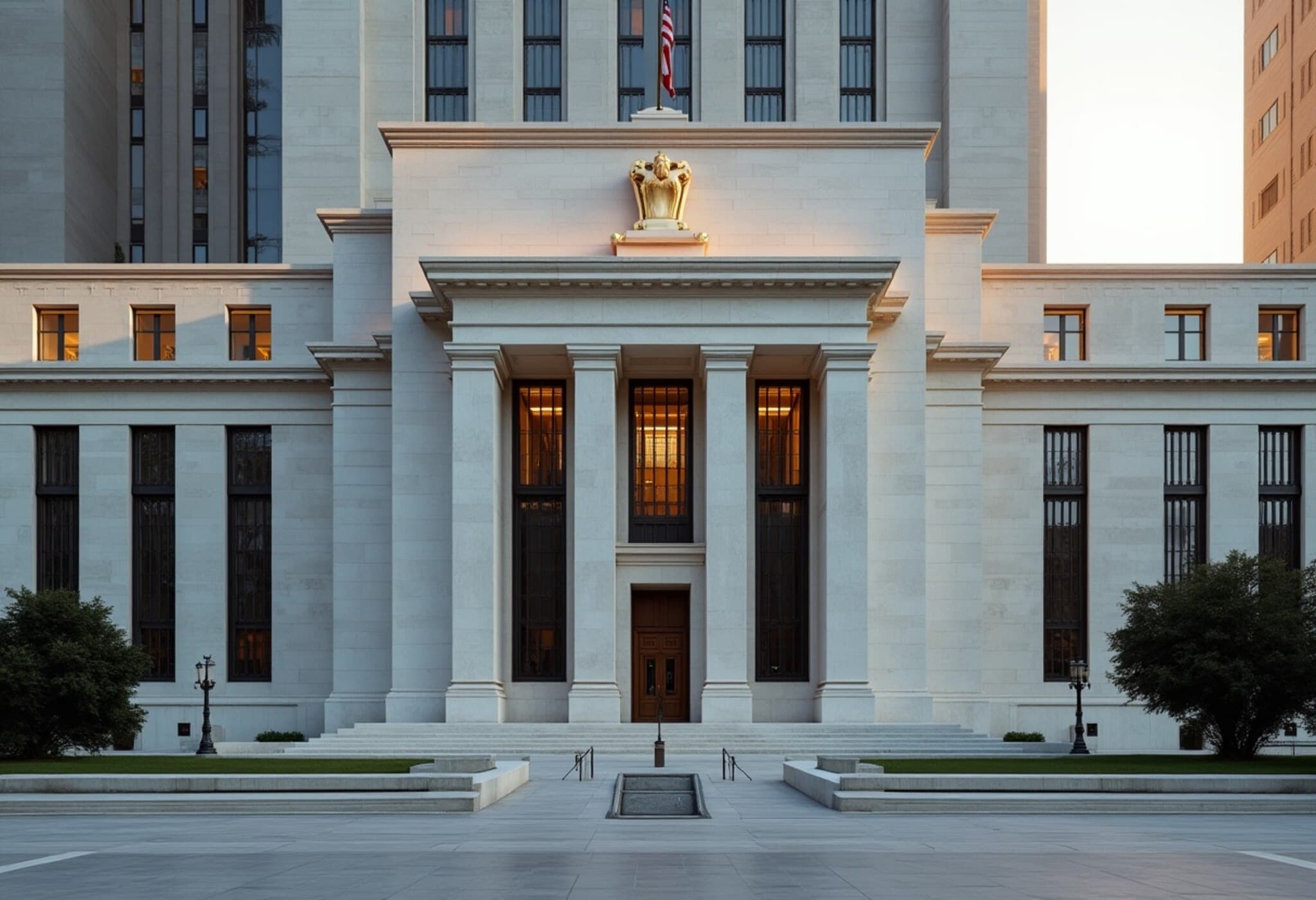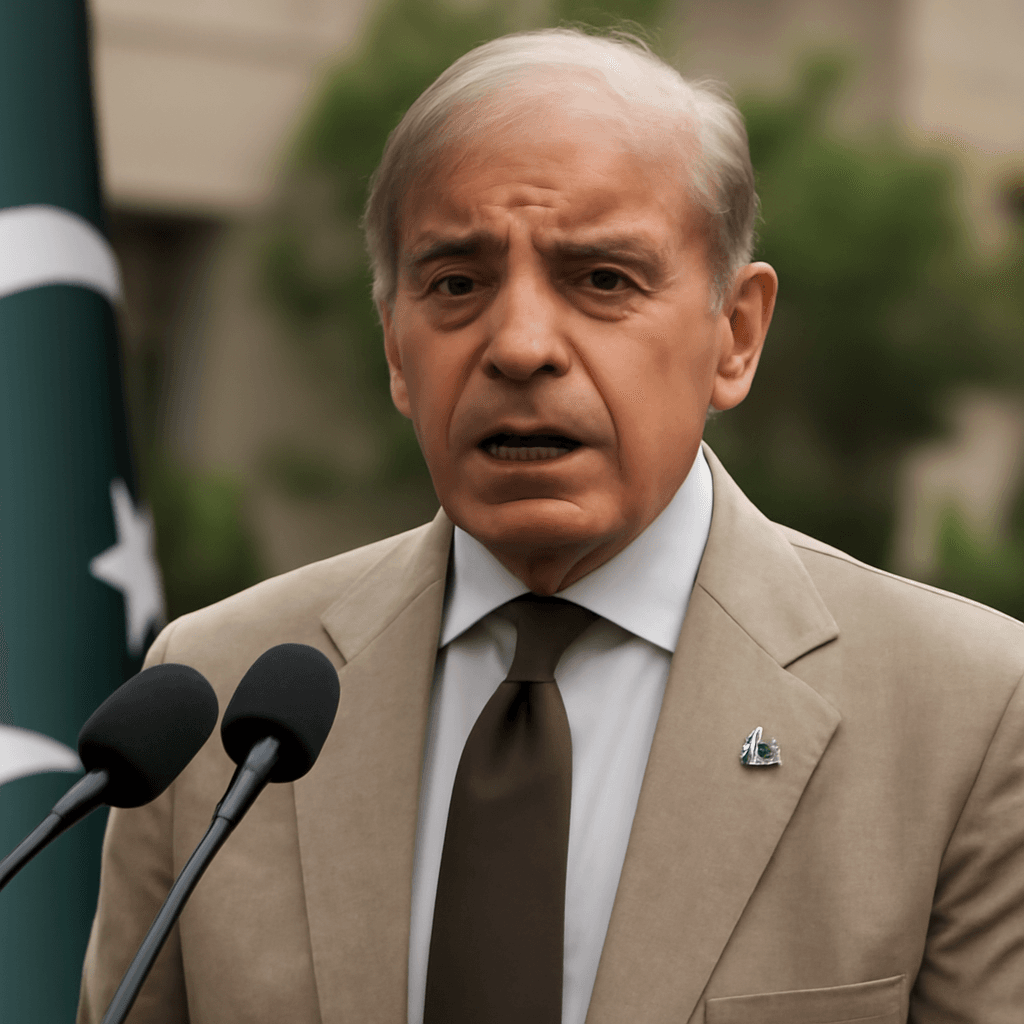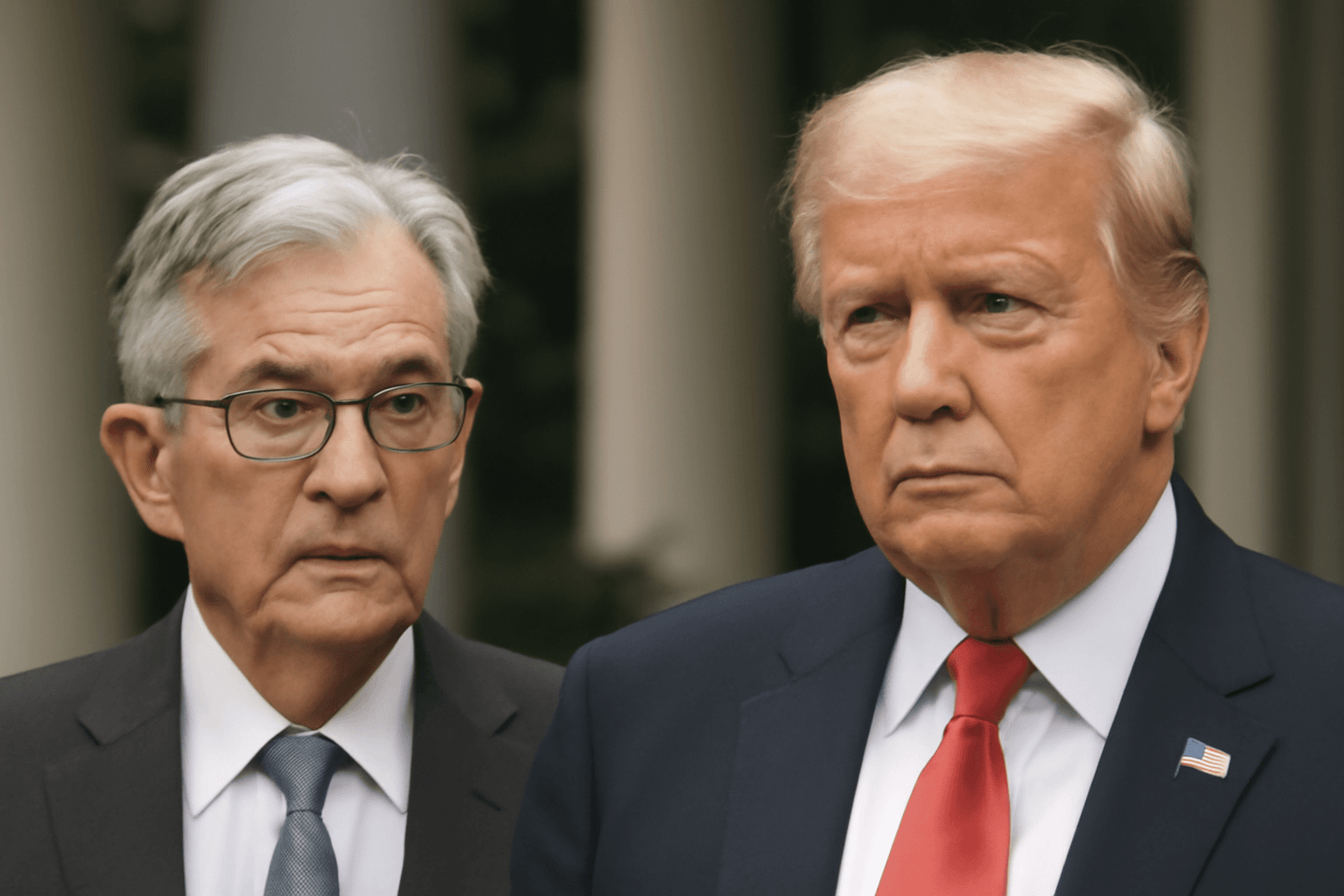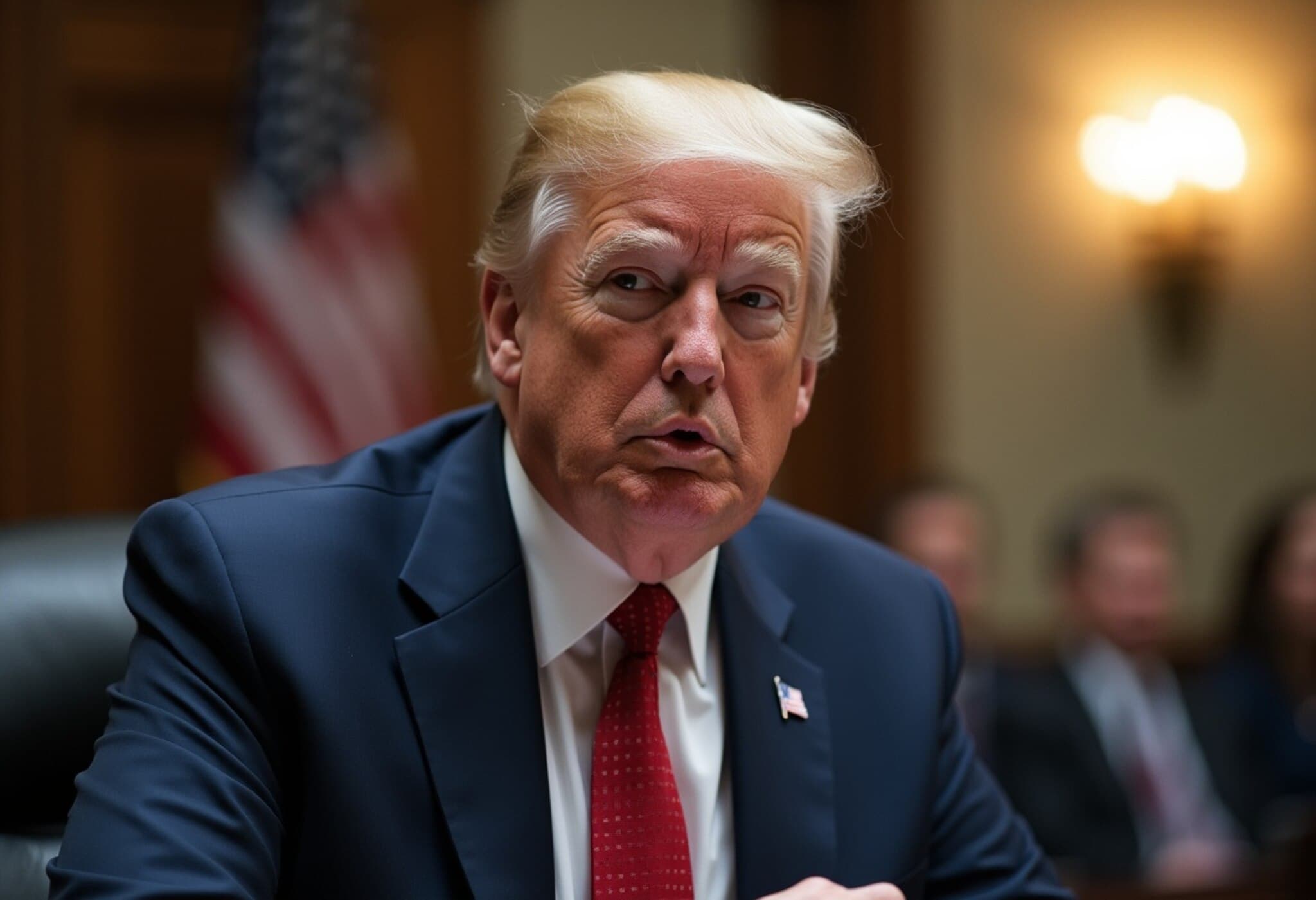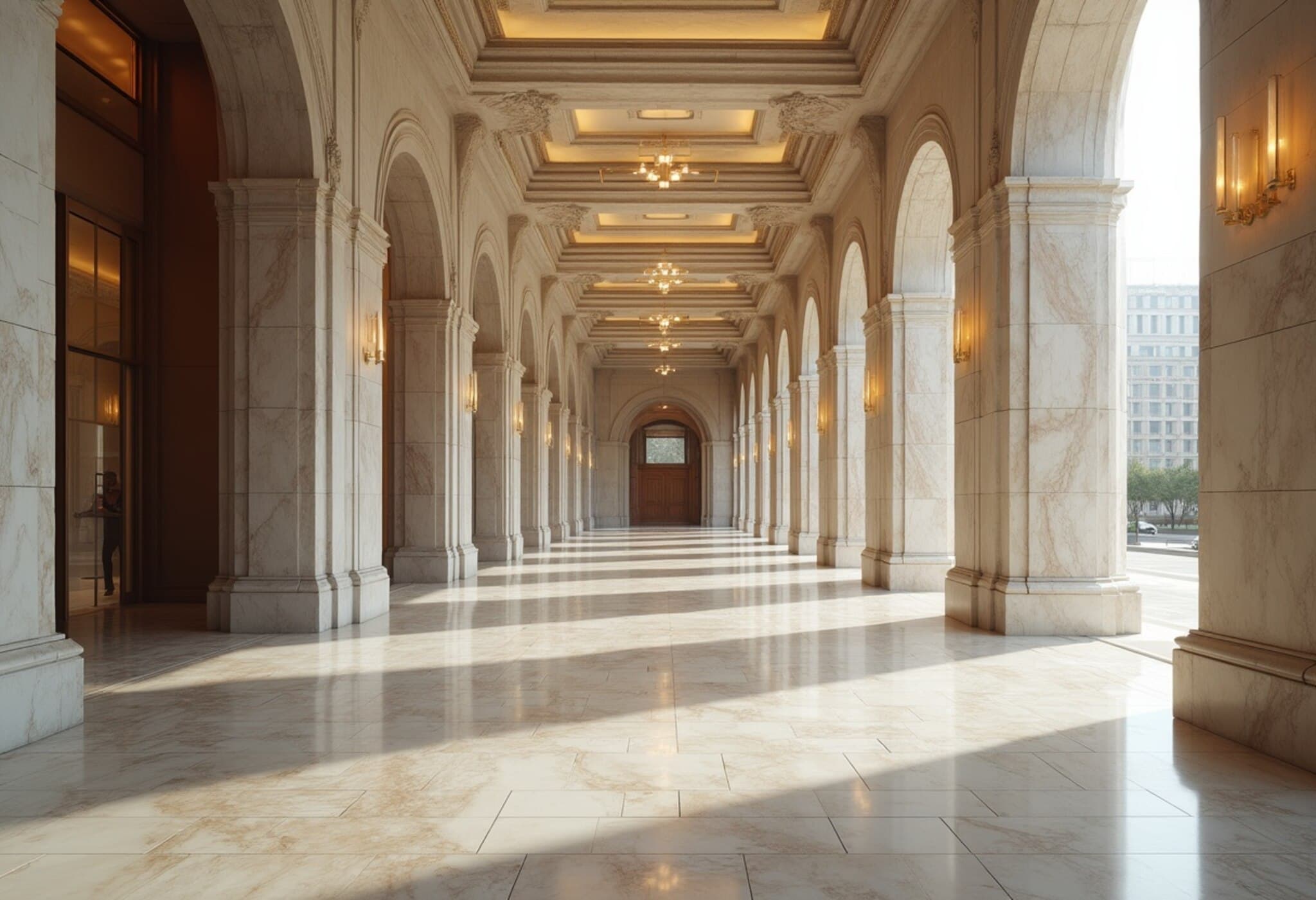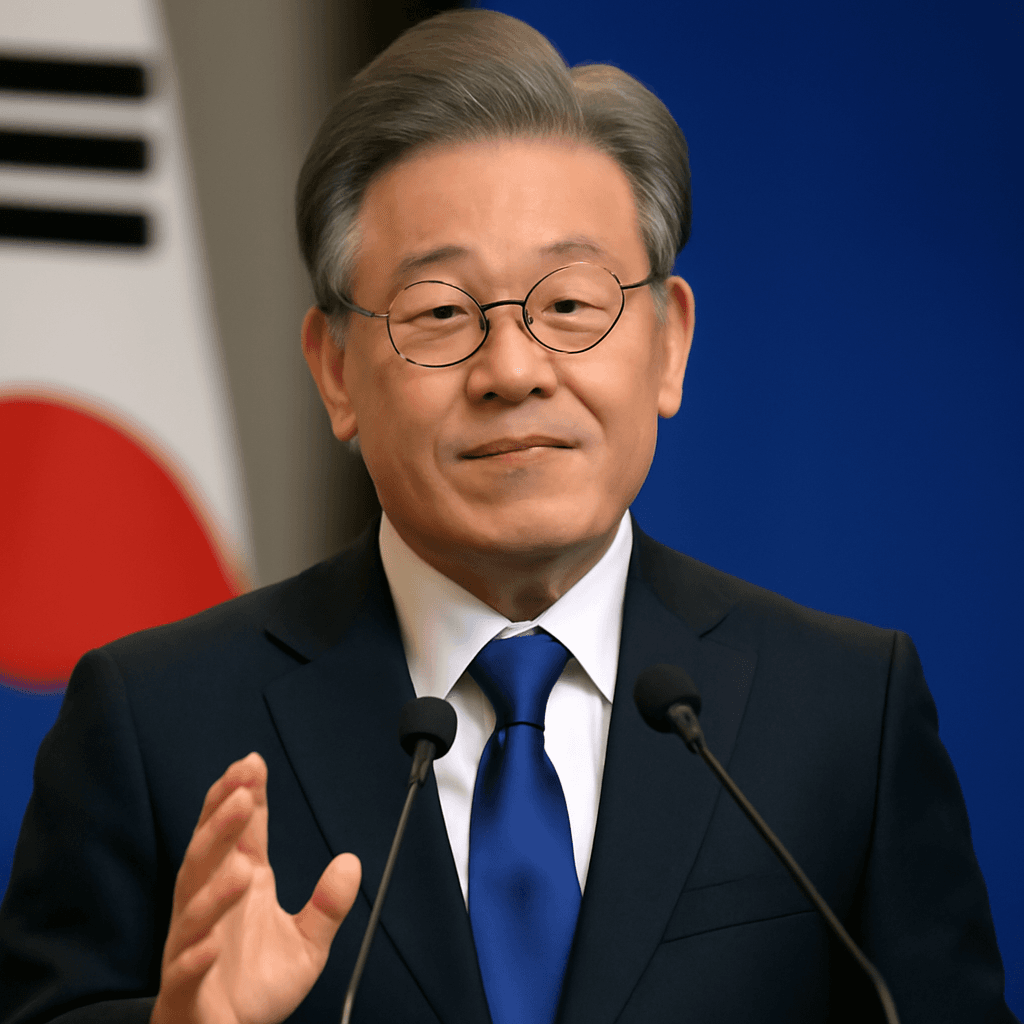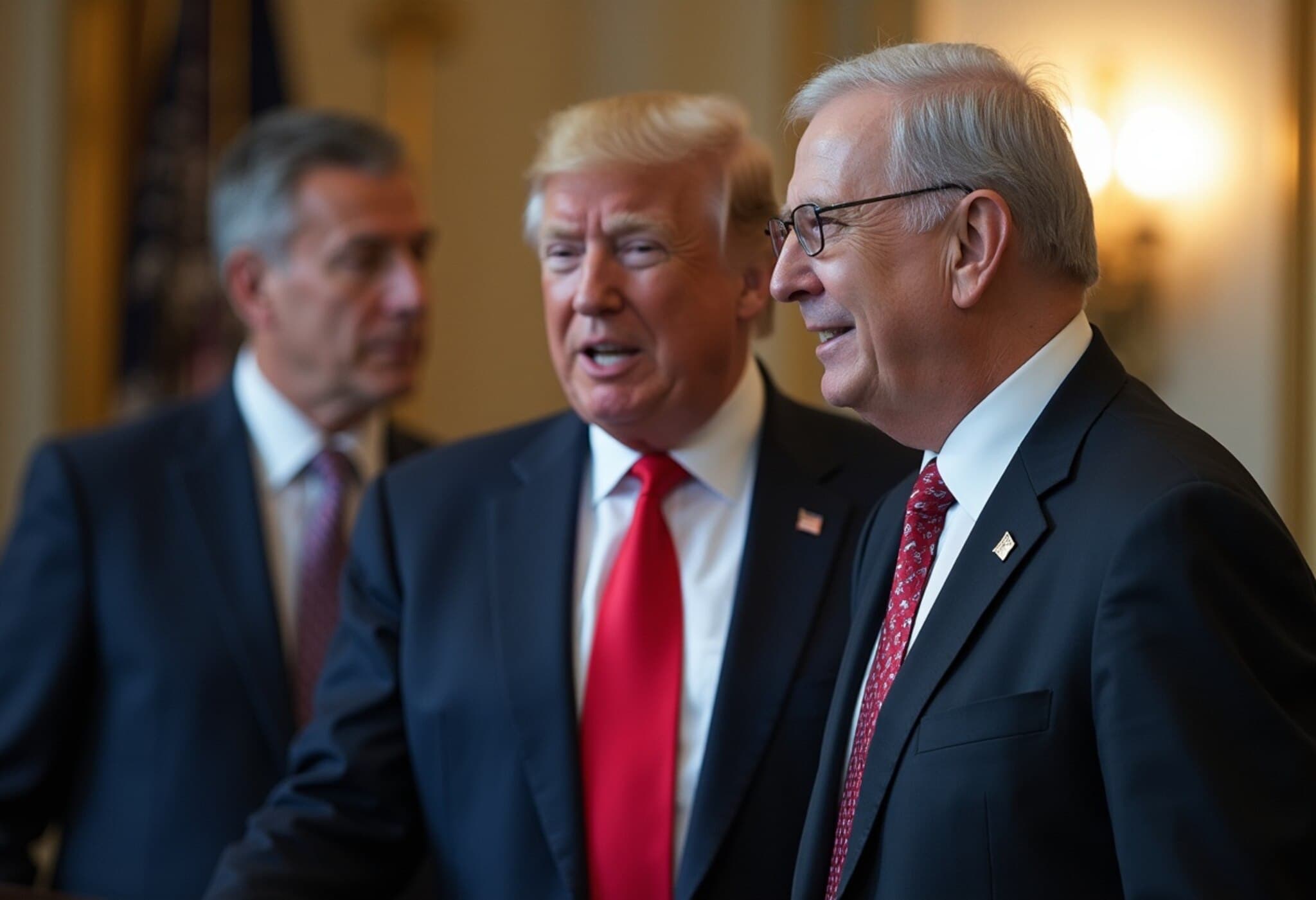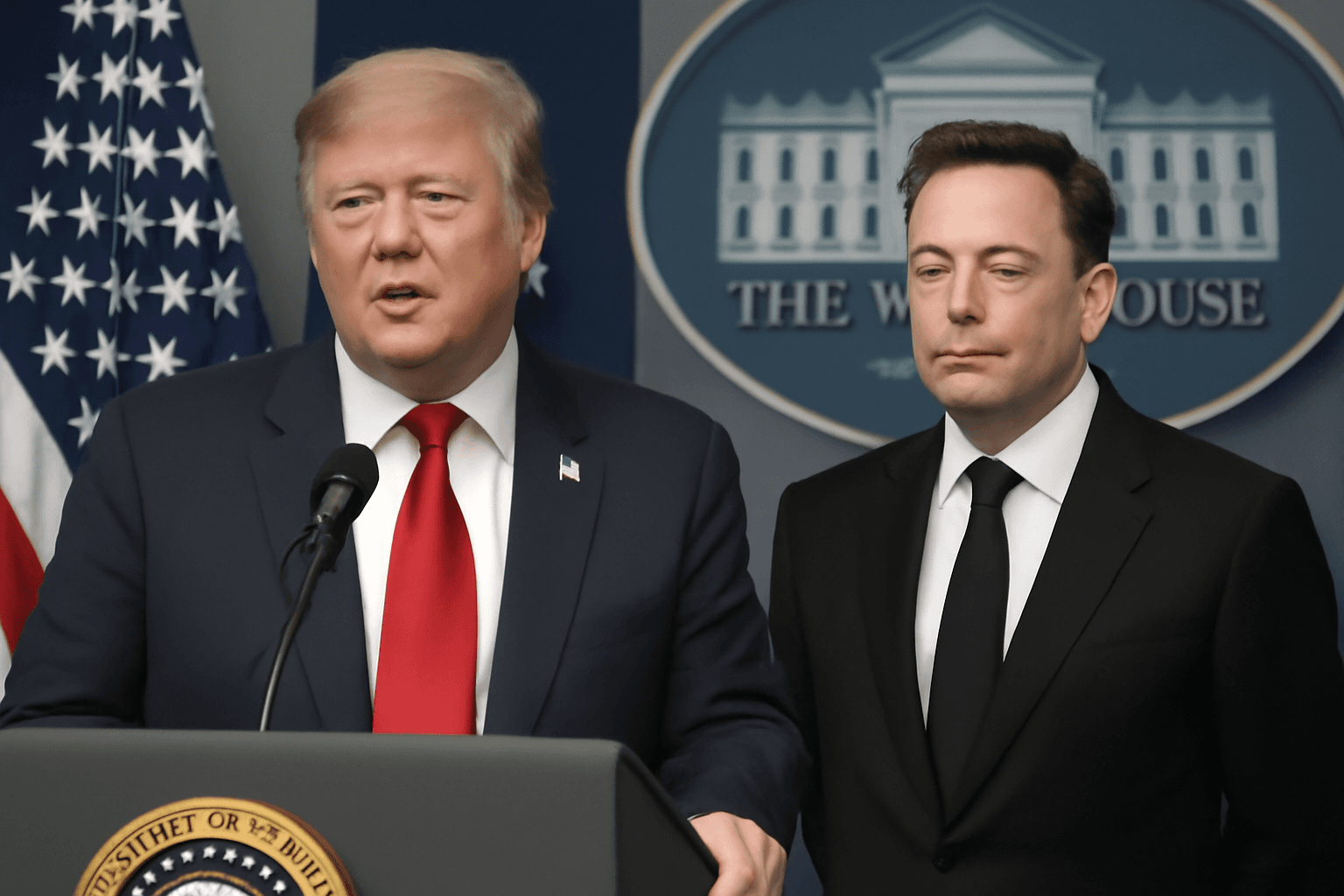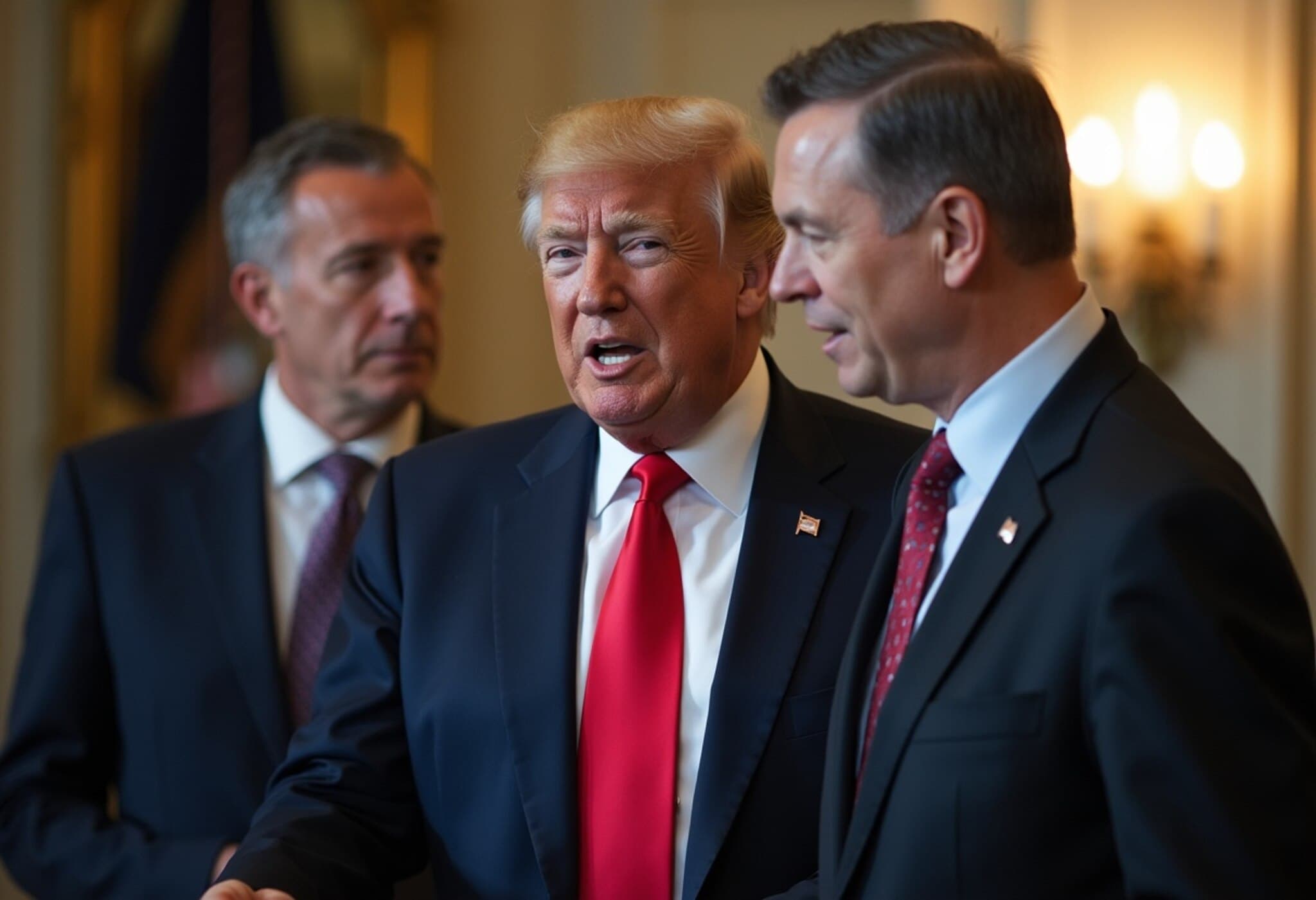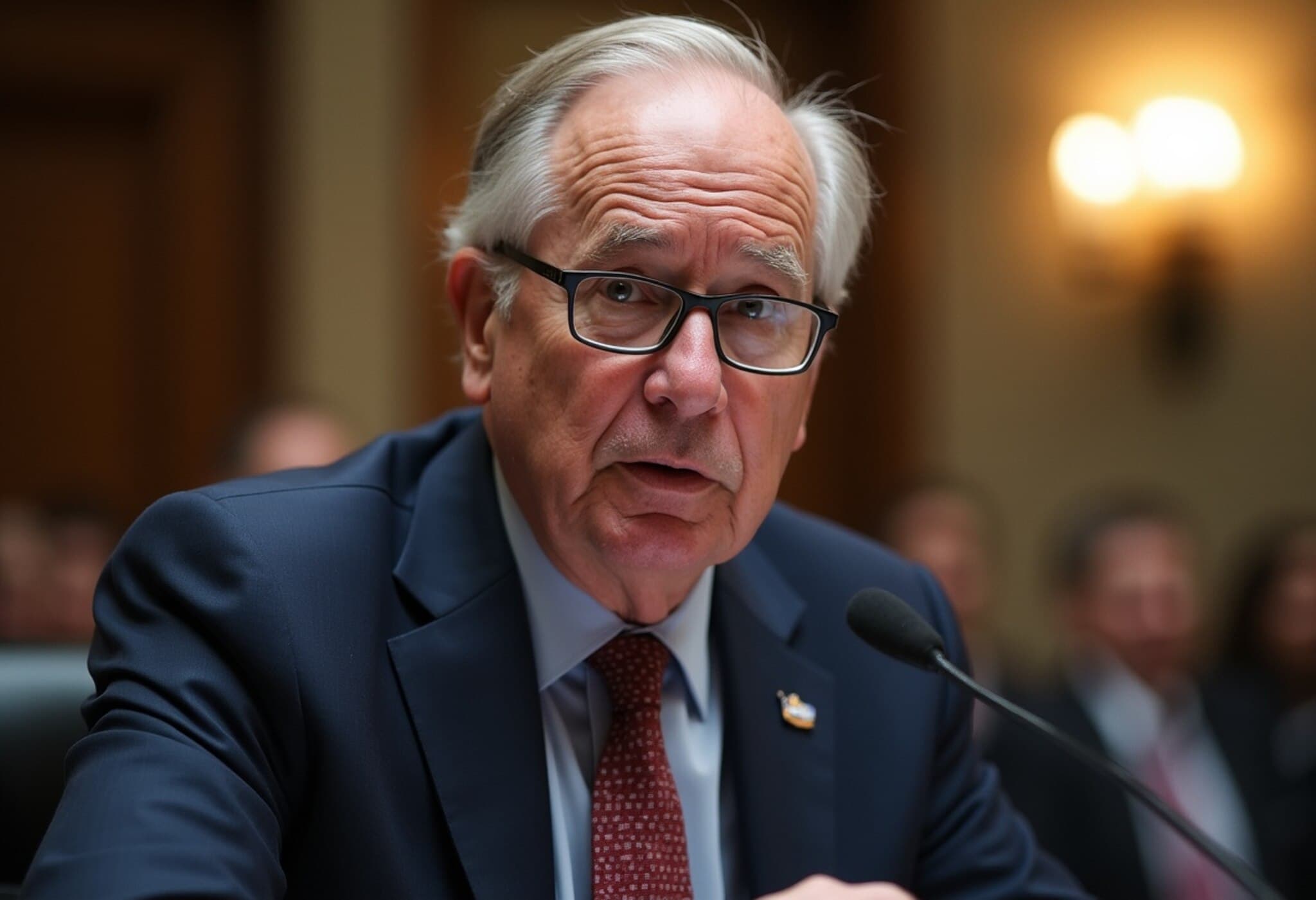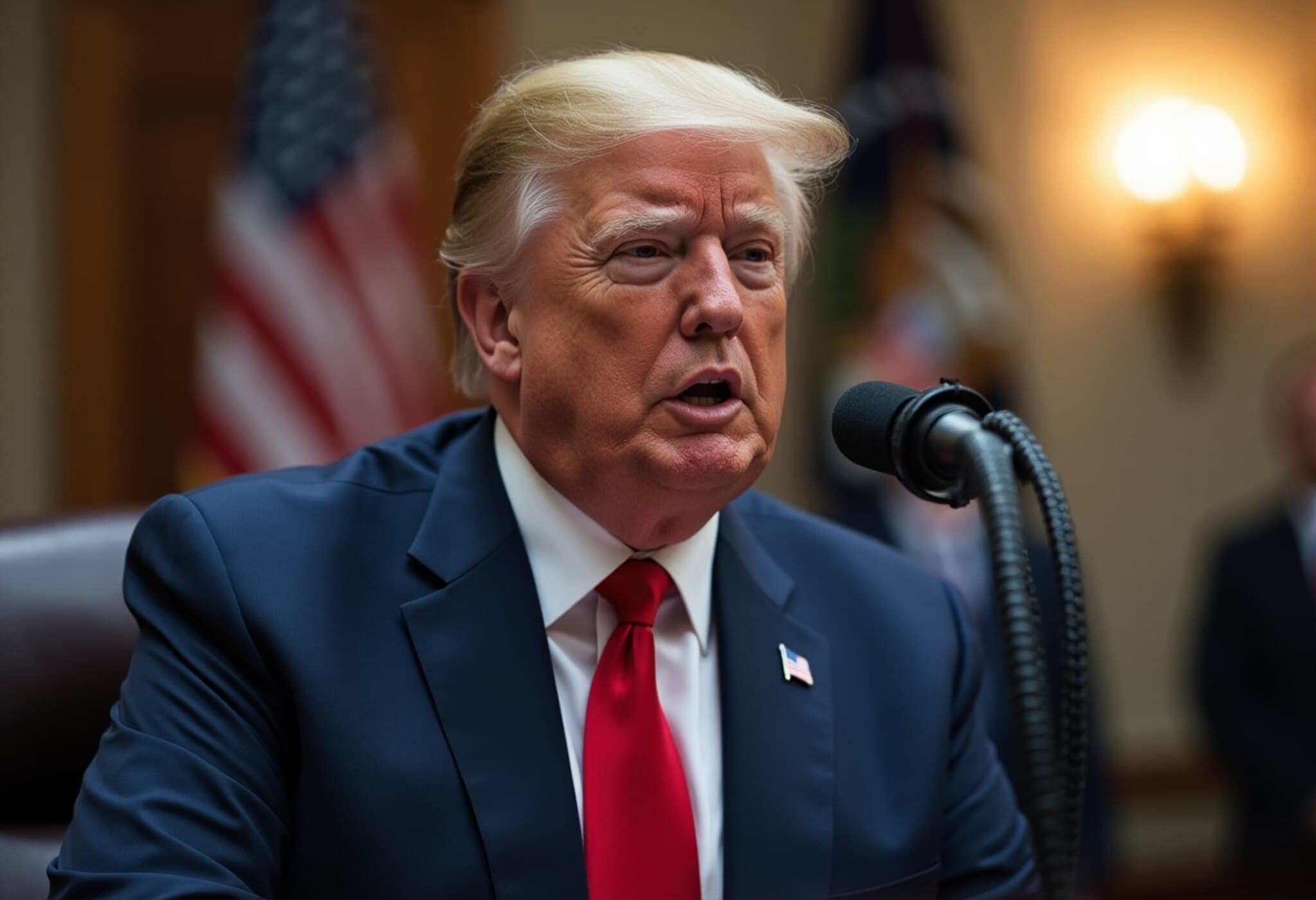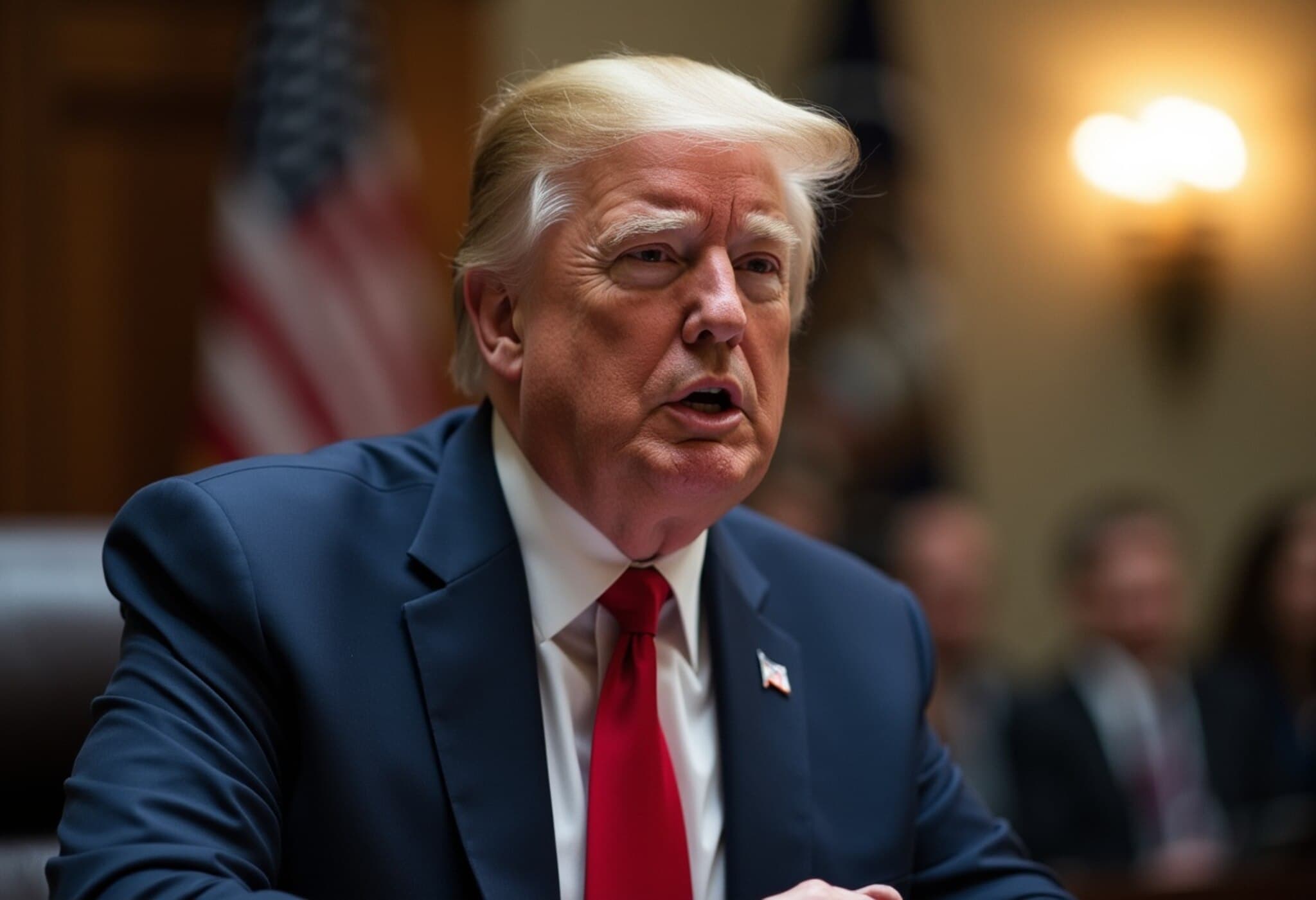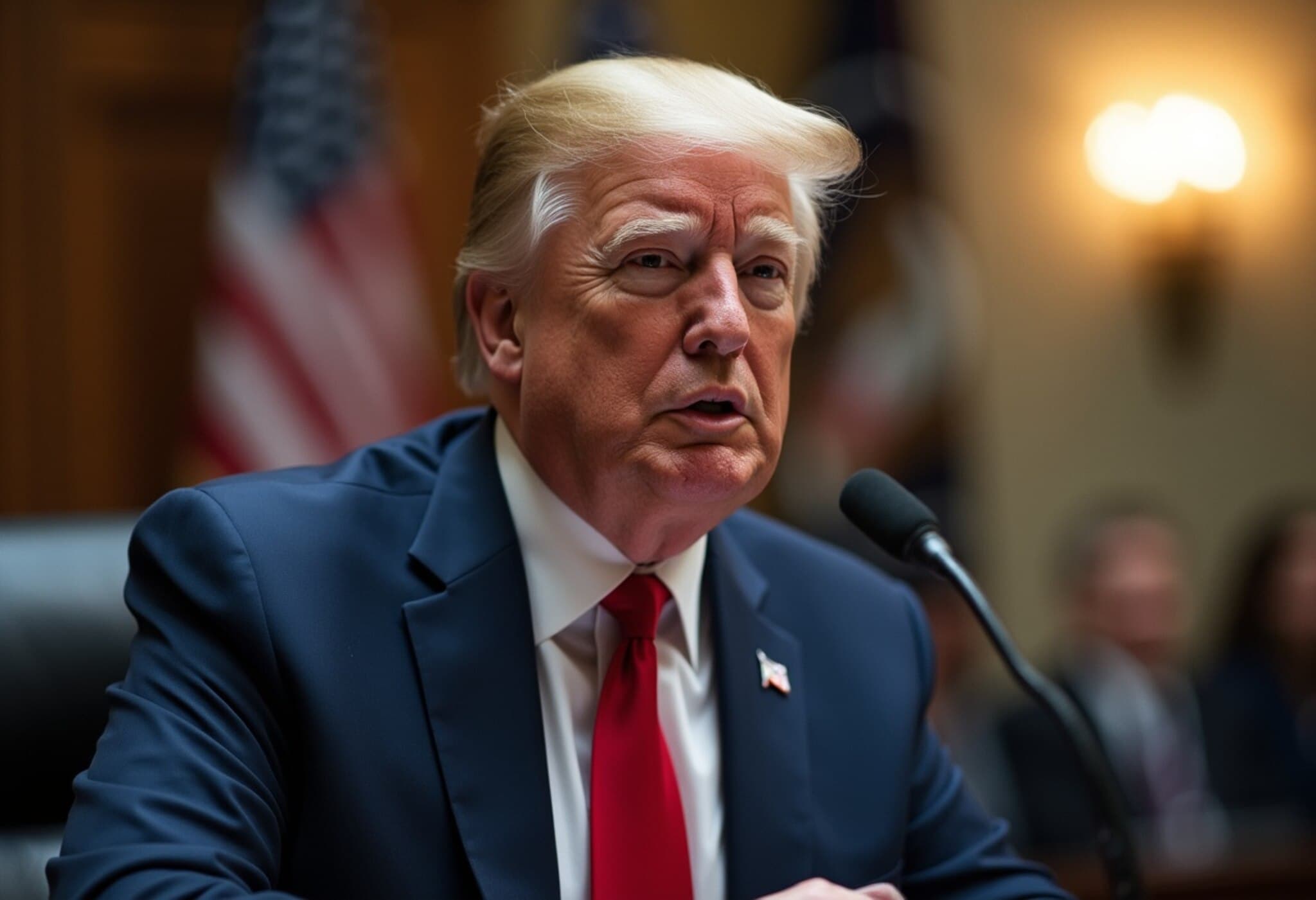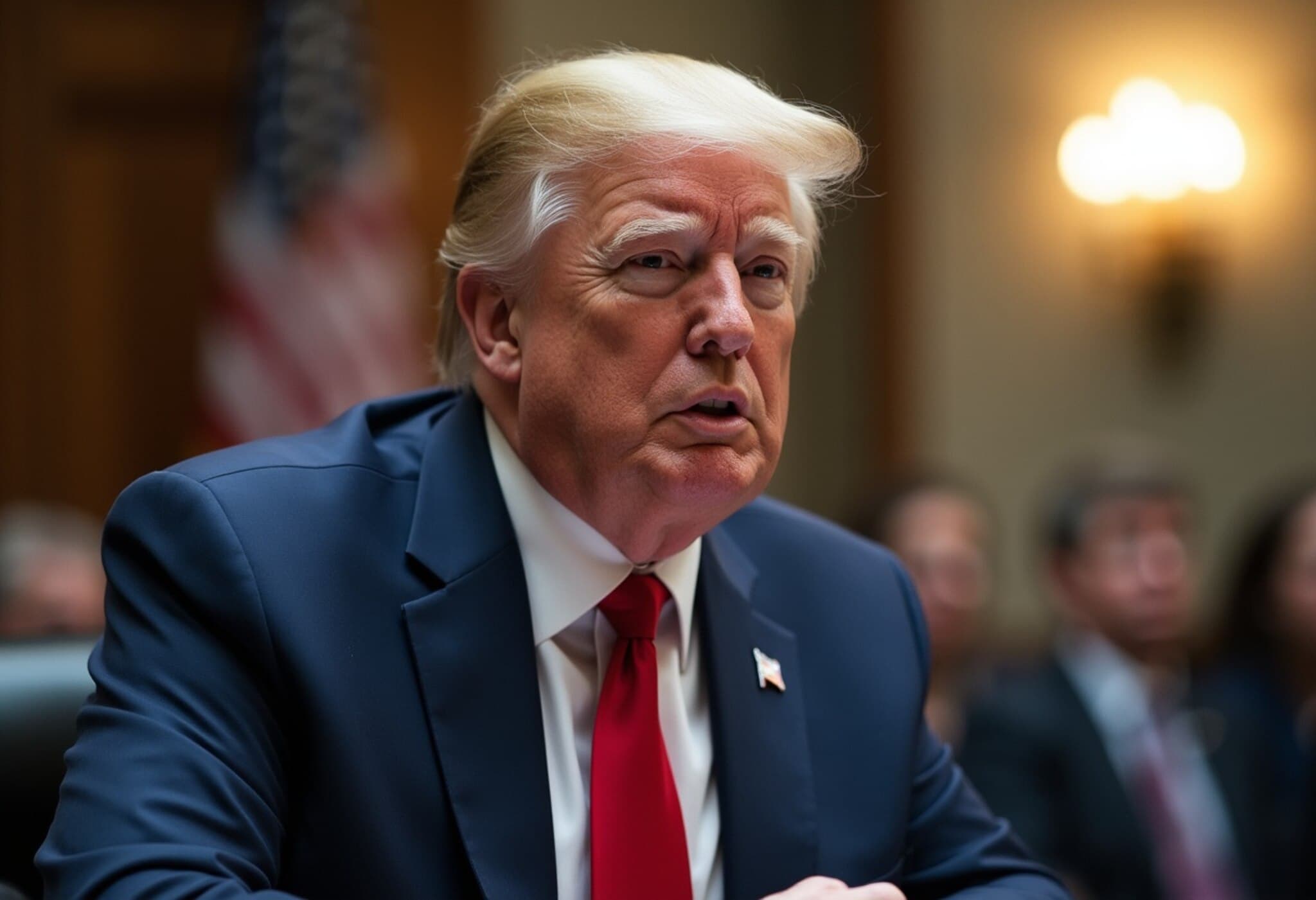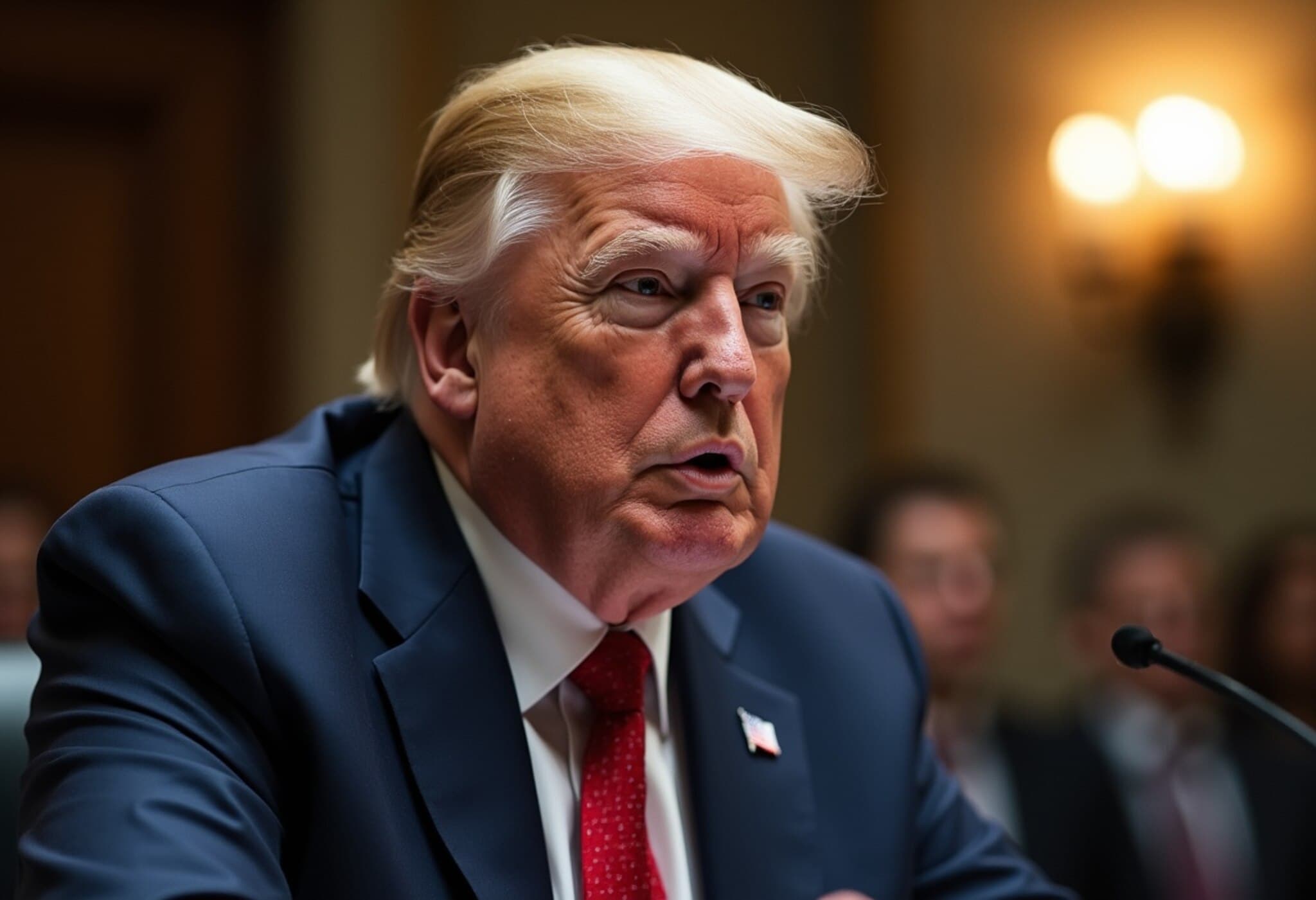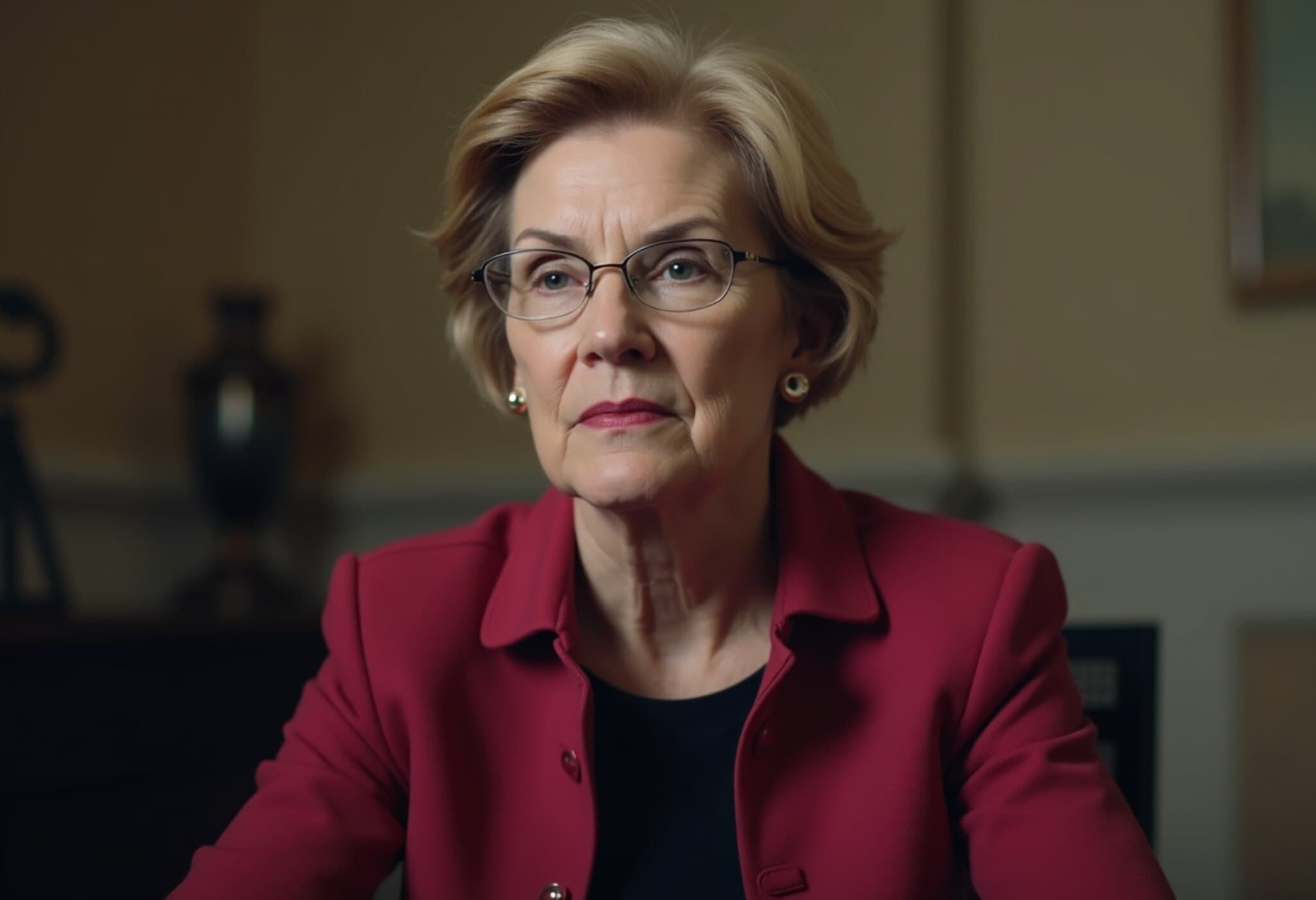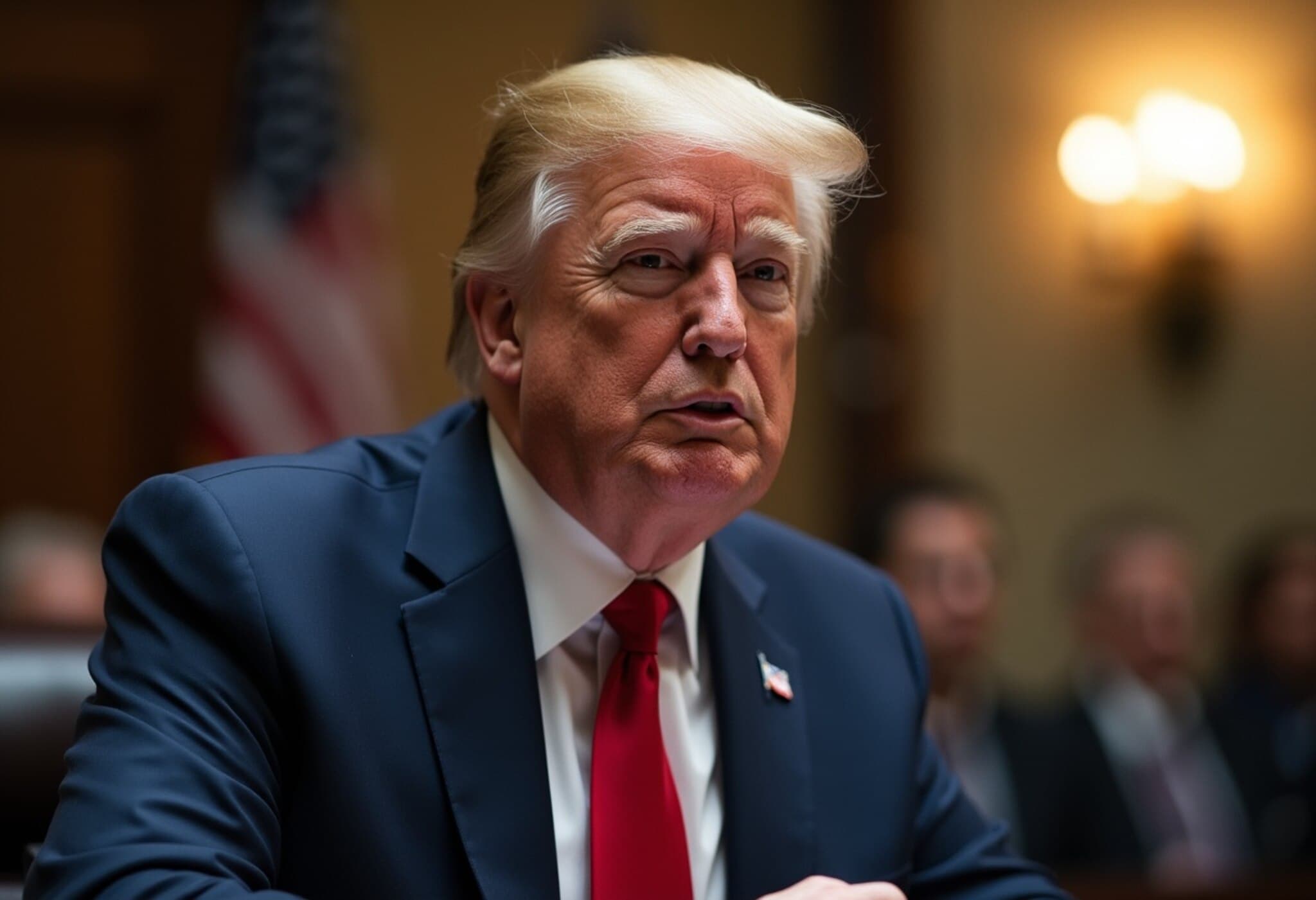Trump Questions Fed Renovation Costs Despite His Appointees' Influence
US President Donald Trump has sharply criticized Federal Reserve Chair Jerome Powell for what he calls “extravagant” spending on a $2.5 billion renovation of the Fed’s historic headquarters. Yet, emerging records reveal a surprising twist: several Trump-appointed members of the Commission of Fine Arts had actively supported design changes that increased costs, particularly advocating for the use of white Georgia marble to honor the building’s 1930s classical style.
From Glass Transparency to Marble Elegance
Initially, the Federal Reserve proposed a modern renovation featuring extensive use of glass to symbolize transparency—a fitting metaphor for a central bank whose credibility hinges on openness. But this plan met resistance. According to The Associated Press, minutes from 2020 planning meetings indicate that three Trump appointees pushed to revert to a more classical aesthetic using white marble, viewed as more in tune with the architectural heritage along Constitution Avenue.
“They believed marble harmonized better with the building’s historic character,” explained Harvard architecture expert and former Commission member Alex Krieger. He also suggested that incorporating marble was likely a significant driver of the increased renovation costs.
White House Disputes and Allegations of Mismanagement
Trump has seized on the renovation’s hefty price tag to launch a political attack on Powell, accusing him of unchecked extravagance. The White House further contends that Powell may have misled Congress by claiming cost-saving measures had pared down expensive features.
Russ Vought, a senior Trump advisor, singled out the use of “premium marble,” writing to Powell last week to voice concerns. Powell responded that choosing domestic marble was partly in response to recommendations from external review agencies seeking quality and durability.
The National Capital Planning Commission is now conducting its own review of how revisions were managed. Meanwhile, White House spokesperson Kush Desai stated plainly, “The Federal Reserve’s multi-billion dollar renovation happened on the watch of the Fed’s leadership, and the Fed’s leadership needs to own up for this mismanagement.”
Political Ramifications: Could Powell Be Ousted Early?
This renovation controversy adds fuel to speculation that Trump might attempt to remove Powell as Fed Chair before his term expires in May 2026. Yet, when pressed by reporters, Trump described such a move as “highly unlikely” unless evidence of fraud emerges.
Removing a Federal Reserve Chair midterm is rare and fraught with legal and economic challenges. The central bank’s independence is a cornerstone of US financial stability, and any perception of political interference risks unsettling markets and increasing borrowing costs across the economy.
The Design Debate: A Microcosm of Larger Architectural and Political Tensions
The tension between classical and modern architectural preferences was evident during the 2020 Commission of Fine Arts discussions. Trump appointee Duncan Stroik voiced his preference for white Georgia marble, citing its harmony with the surrounding historic buildings.
Despite his initial motion for marble being rejected, evolving concerns about the modern design prompted revisions. By mid-2020, the Fed submitted updated plans integrating marble panels on building bases and other elements.
Stroik noted, “Stone buildings don’t necessarily have to cost a fortune,” but pointed out that explicit cost comparisons between marble and glass were not undertaken, leaving financial impacts somewhat opaque.
Classical vs. Modern: Ideological Overtones in Design Choices
The architectural disagreements often mirrored broader political dynamics. Several new Commission members appointed by Trump in 2020 echoed his executive order favoring classical architectural styles over modernist ones—a directive formally issued, revoked, and then reinstated after Trump’s return to office.
Eventually, the Commission of Fine Arts gave the green light to the final renovation plans in September 2021, after a change in administration resulted in some turnover among Trump appointees.
Expert Perspective: Why This Matters
This episode highlights the complex intersection of politics, architecture, and public perception in government projects. While patriotic appeals to classical design may resonate symbolically, they can carry significant cost implications that taxpayers ultimately shoulder. Furthermore, the controversy underscores the fragility of the Federal Reserve’s perceived independence. Excessive political pressure and public disputes risk undermining confidence in the institution that underpins global financial stability.
Legal experts note that premature removal of a Fed Chair could unsettle markets and trigger uncertainty in monetary policy. Yet, political leaders’ growing scrutiny of federal spending exemplifies an increasing willingness to politicize even traditionally insulated institutions.
What Comes Next?
- The National Capital Planning Commission’s ongoing review may prompt further scrutiny or alterations to renovation oversight.
- Federal Reserve leadership faces mounting pressure to justify costs transparently to Congress and the public.
- Political observers will watch closely for any moves by the White House regarding Powell’s tenure and broader impacts on Fed autonomy.
As this story unfolds, it raises broader questions about stewardship of public funds, the balance between heritage and modernization, and safeguarding institutional independence from political currents.

